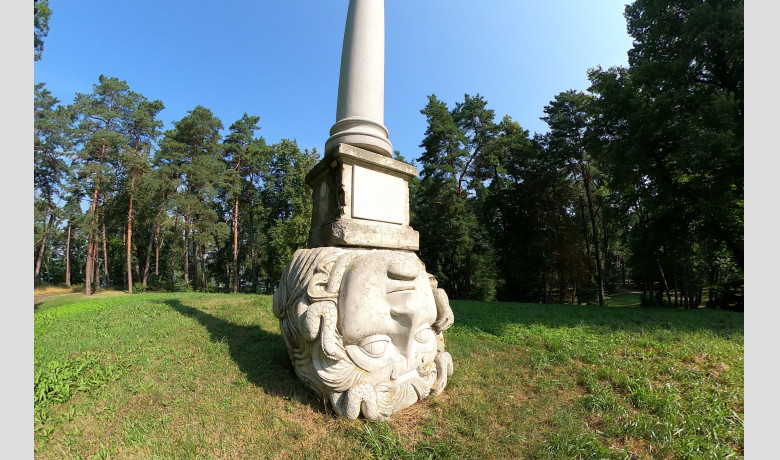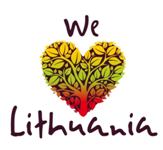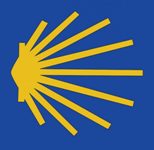On the way to the palace from the farm section of the manor, a column made of cast marble on the right side of the hill catches the eye. Under the column is the depressed Gorgon’s head, placed there as the initiative of the Trakai Historical National Park (authors Nerijus and Rūta Kavaliauskai). The concept of the Gorgon’s head provides a connection with the legends of the heads of Lake Galvė. According to folk etymology, the name of Lake Galvė comes from the word “galva” (which means “head” in English). This interpretation is related to the story that human heads were sacrificed to it twice a year – before the lake freezes and when the ice melts.
Gorgons are depicted with wide faces, widened eyes and golden wings, their bodies covered with dragon scales; they have copper hands with sharp claws, and poisonous snakes grow on their heads instead of hair. Dagger-sharp fangs protrude from their wide gaping mouths, and their red tongues poke out. The most famous is Medusa, whose face was so terrible that people would turn to stone when they saw her face.
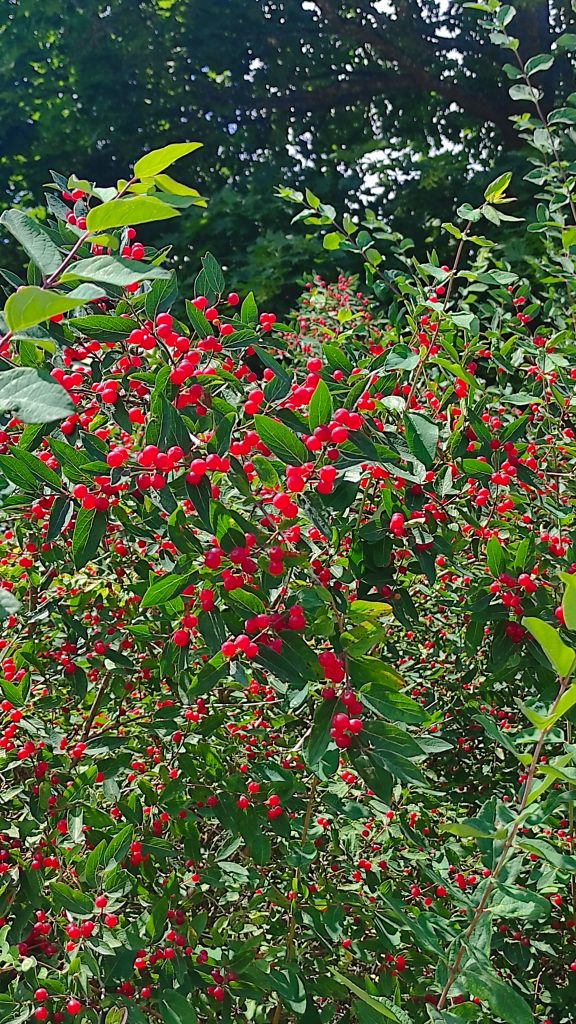
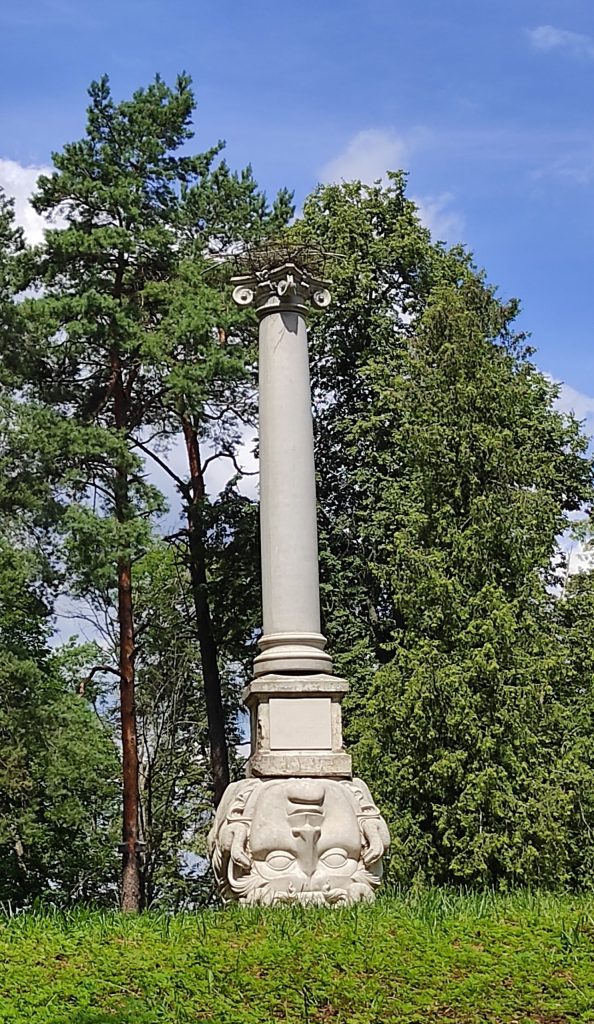
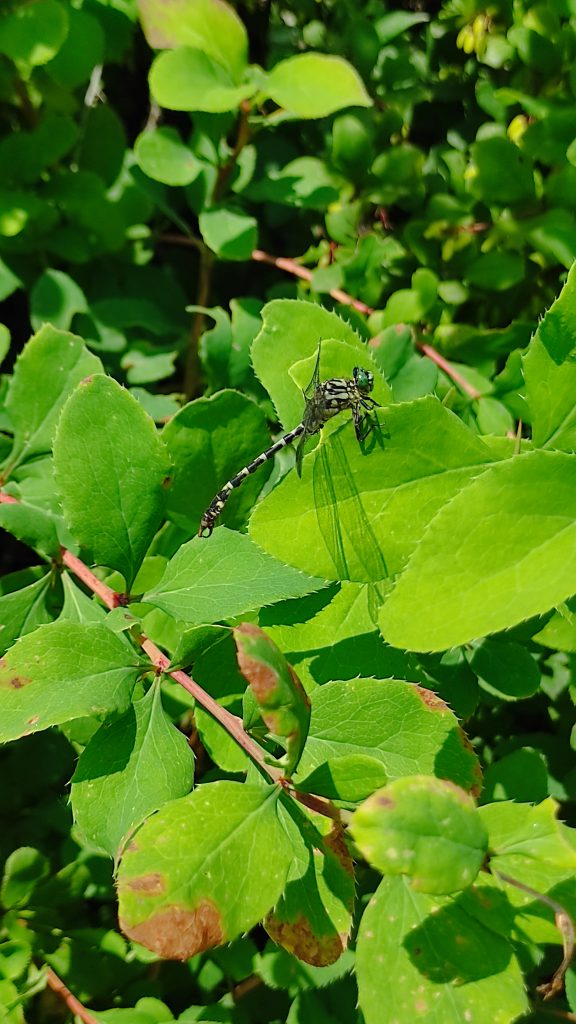
Count Tiškevičiai and his wife would take their guests on long walks in the park, with Countess Jadvyga often reading a book as they all rested on the benches. In the Count’s era, the benches were made of concrete, a popular material at the beginning of the 20th century. Some of these benches have been preserved, such as the authentic benches near the Diana sculpture and near the kitchen, as well as a balustrade and steps to Lake Galvė, and an authentic terracotta bath for flowers near the Bacchus sculpture. However, the benches in the park near the paths have been restored, placed on old pedestals, and decorated with bacchantes and satyrs. Sculptors Nerijus and Rūta Kavaliauskai made them from cast marble; no information has survived about what forms they were in the times of the Count.
